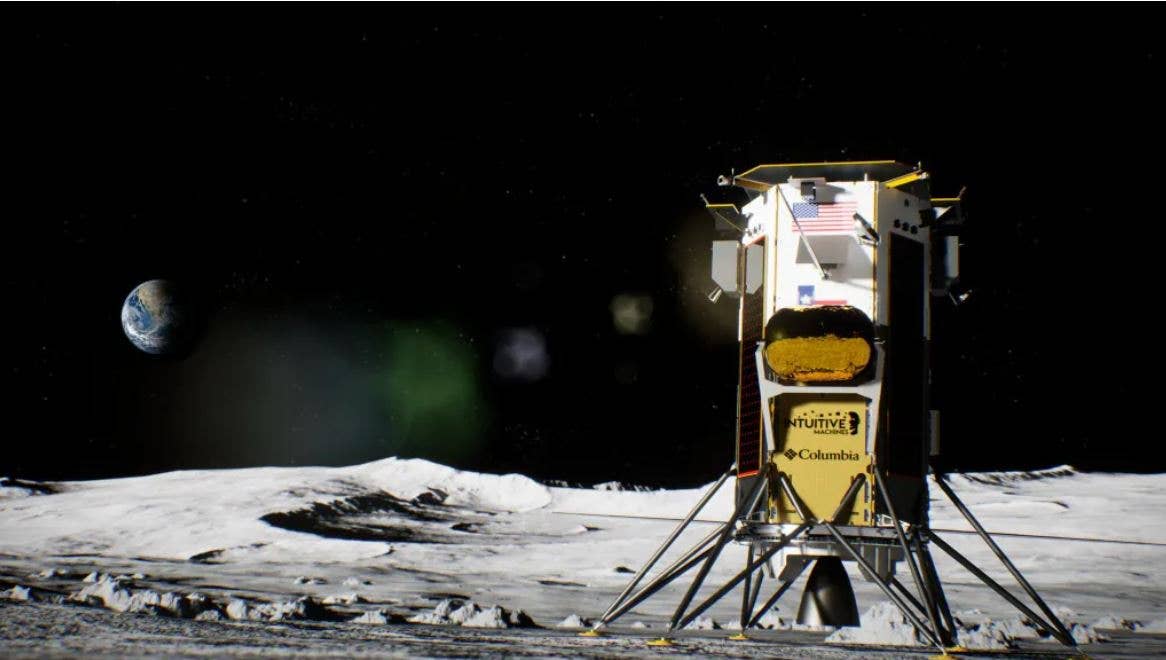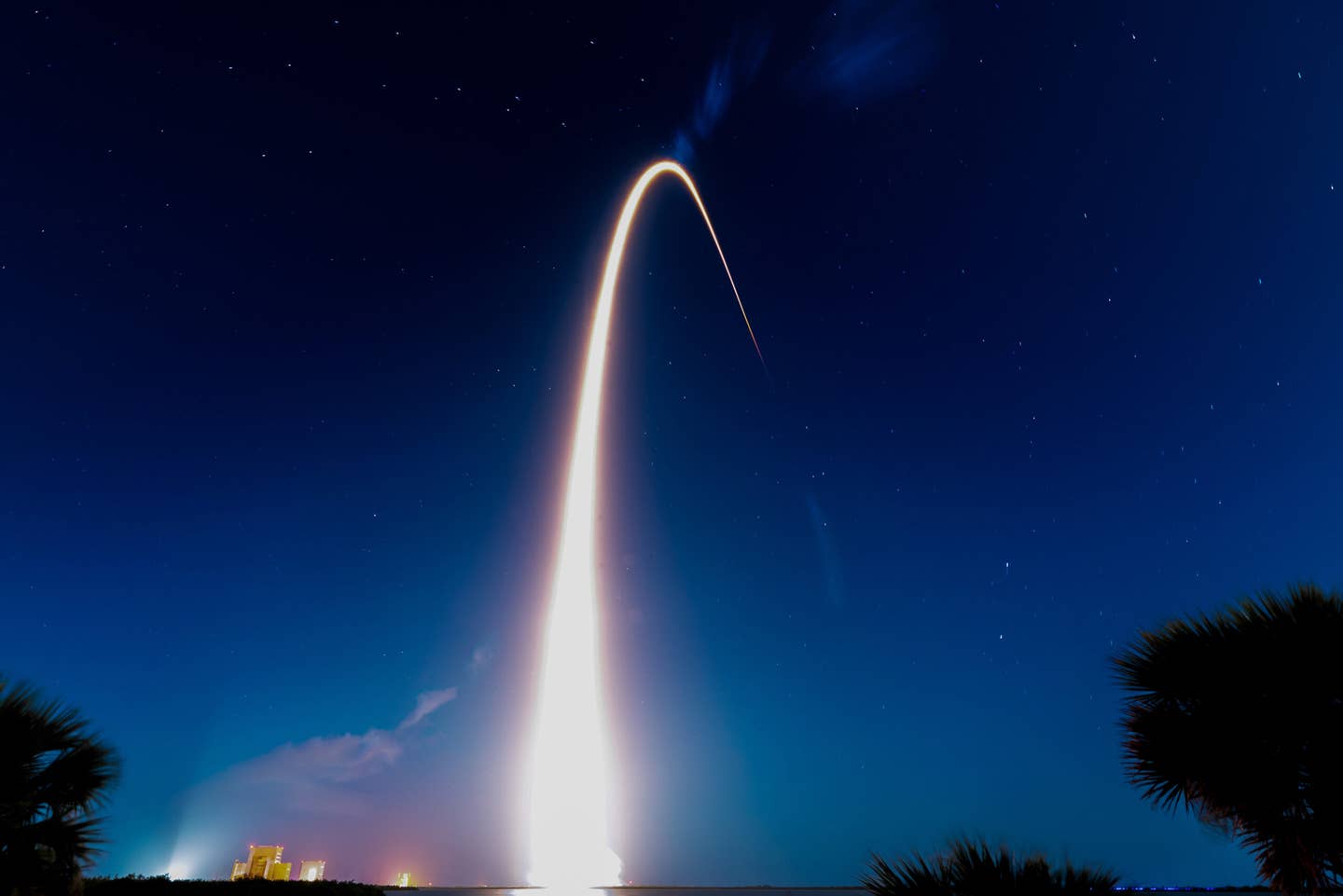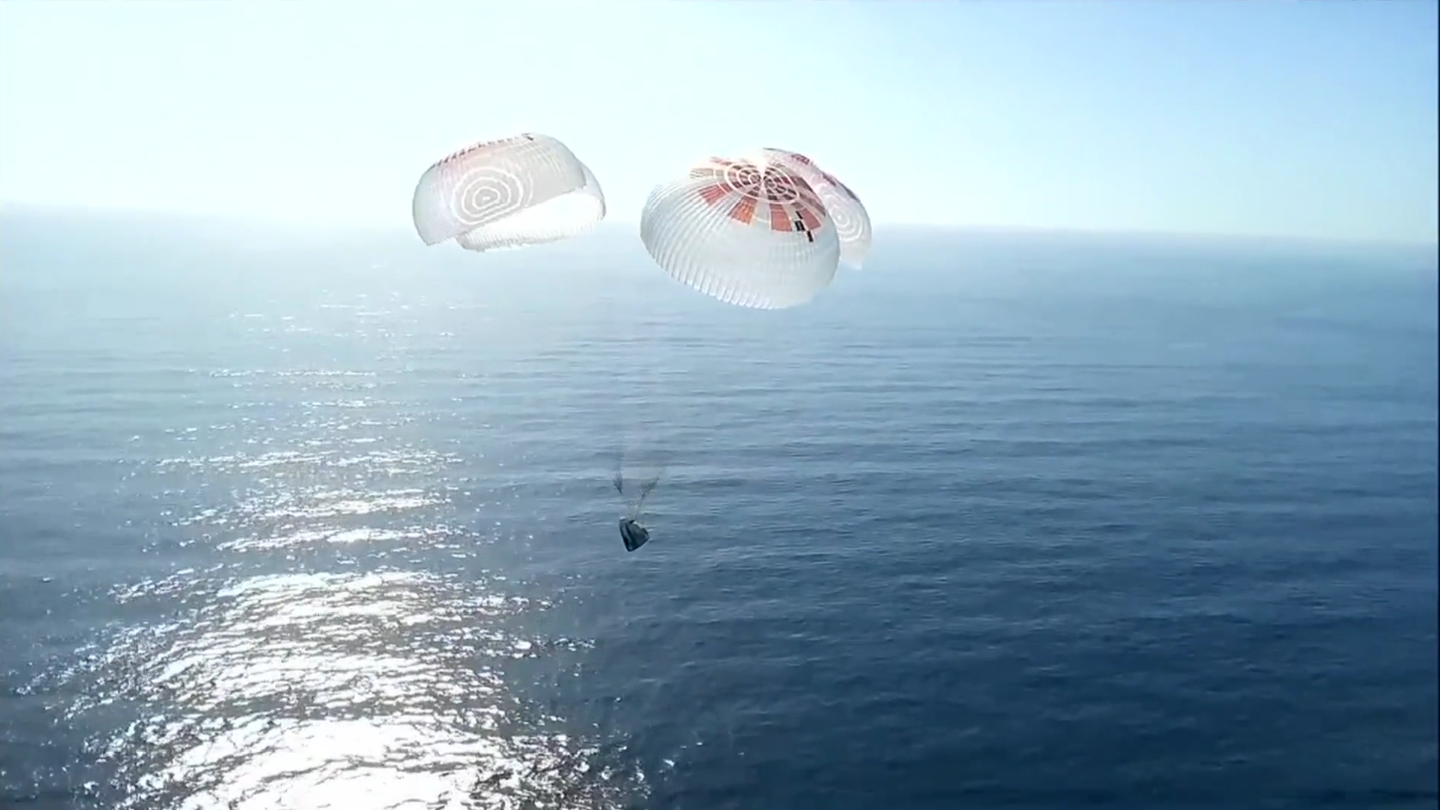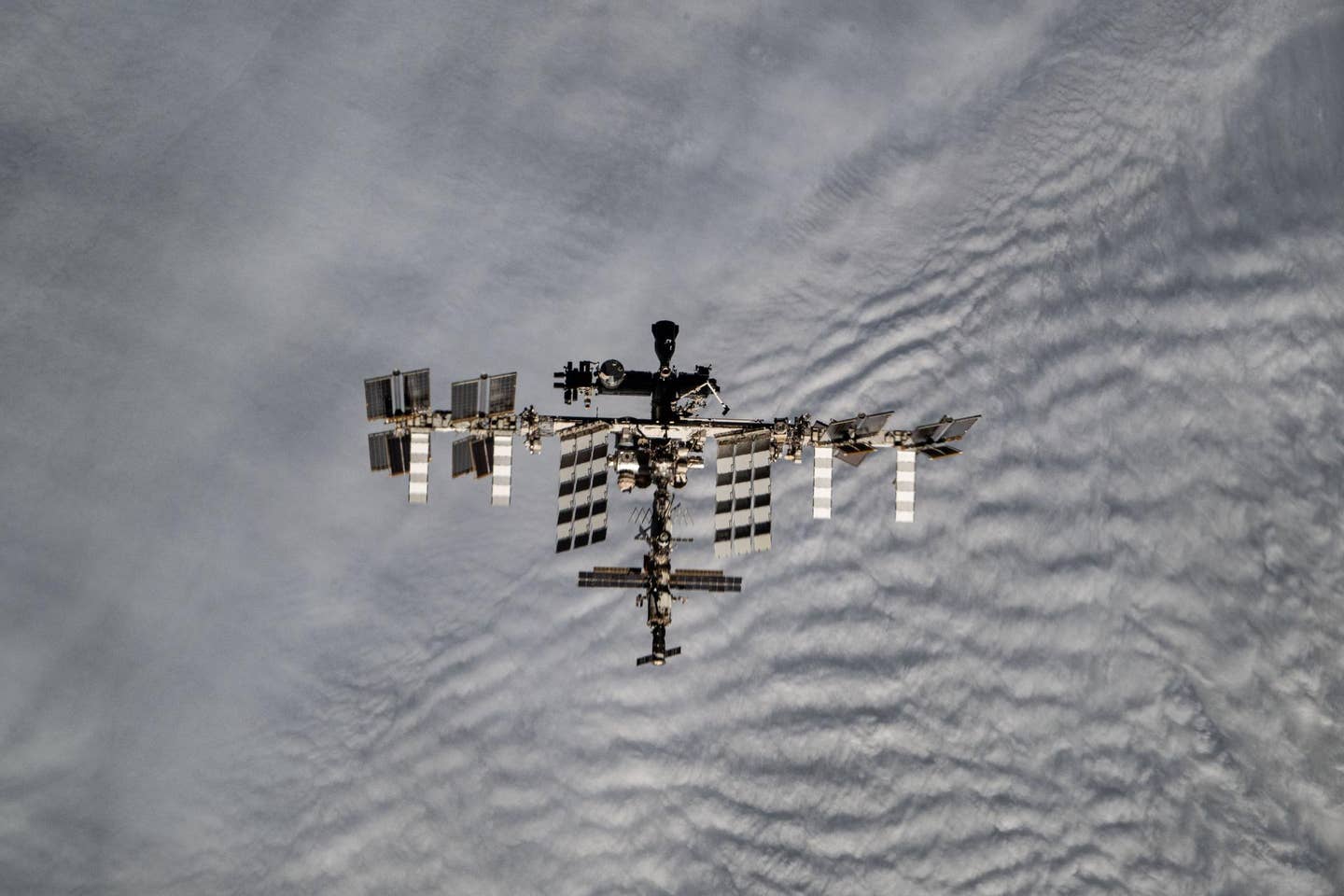How to Watch ‘Odysseus’ Attempt First U.S. Moon Landing Since 1972
The lunar lander is now closer to the moon than the end-to-end distance driving across Houston, nicknamed ‘Space City,’ according to Intuitive Machines.

Concept image of Intuitive Machines Nova-C lander. [Courtesy: Intuitive Machines]
Landing Time Update: Intuitive Machines flight controllers decided to add an additional orbit prior to beginning the IM-1 mission landing sequence. The new expected landing time is 6:24 p.m. EST.
In a matter of hours, Intuitive Machines’ private lunar lander Odysseus will attempt the first U.S. moon landing in more than half a century.
On Wednesday, the voyaging Nova-C robotic moon lander had successfully traversed what the company called the mission's "largest challenge to date," reaching lunar orbit as planned ahead of its landing anticipated at around 4:24 p.m. EST Thursday.
"After traveling over [1 million kilometers], Odysseus is now closer to the moon than the end-to-end distance driving across ‘Space City,’ Houston, Texas," Intuitive Machines said Wednesday, alluding to the site of its company headquarters.
The update followed a scheduled engine burn of nearly seven minutes that inserted Odysseus into circular orbit about 57 miles above the moon's surface.
"Odysseus continues to be in excellent health," the company said.
When Odysseus touches down on the moon's surface near Malapert A in the South Pole region of the moon Thursday, it will be the first U.S. lunar landing since NASA’s Apollo 17 crew in 1972.
The private IM-1 mission, which launched on SpaceX’s Falcon 9 rocket February 15 at NASA’s Kennedy Space Center in Florida, is headed to the South Pole region as part of NASA’s commercial lunar payload services (CLPS) initiative and Artemis campaign. On board are six NASA payloads that will conduct research and collect data to better understand the lunar environment.
- READ MORE: Do You Have What It Takes to Be a Martian?
"Through the Artemis campaign, commercial robotic deliveries will perform science experiments, test technologies, and demonstrate capabilities to help NASA explore the moon in advance of Artemis Generation astronaut missions to the lunar surface, and ultimately crewed missions to Mars," NASA said.
How to Watch
There will be ample opportunity to tune in to the lunar landing Thursday. Intuitive Machines will livestream the event here.
NASA will also provide live landing coverage on NASA+, NASA Television, the NASA app, and the agency’s website.
The space agency said its coverage will begin at 4:15 p.m. EST, as the landing milestones occur.
"Upon successful landing, Intuitive Machines and NASA will host a news conference to discuss the mission and science opportunities that lie ahead as the company begins lunar surface operations," NASA said.
WATCH: IM-1 Mission Flightpath Overview

Sign-up for newsletters & special offers!
Get the latest FLYING stories & special offers delivered directly to your inbox






